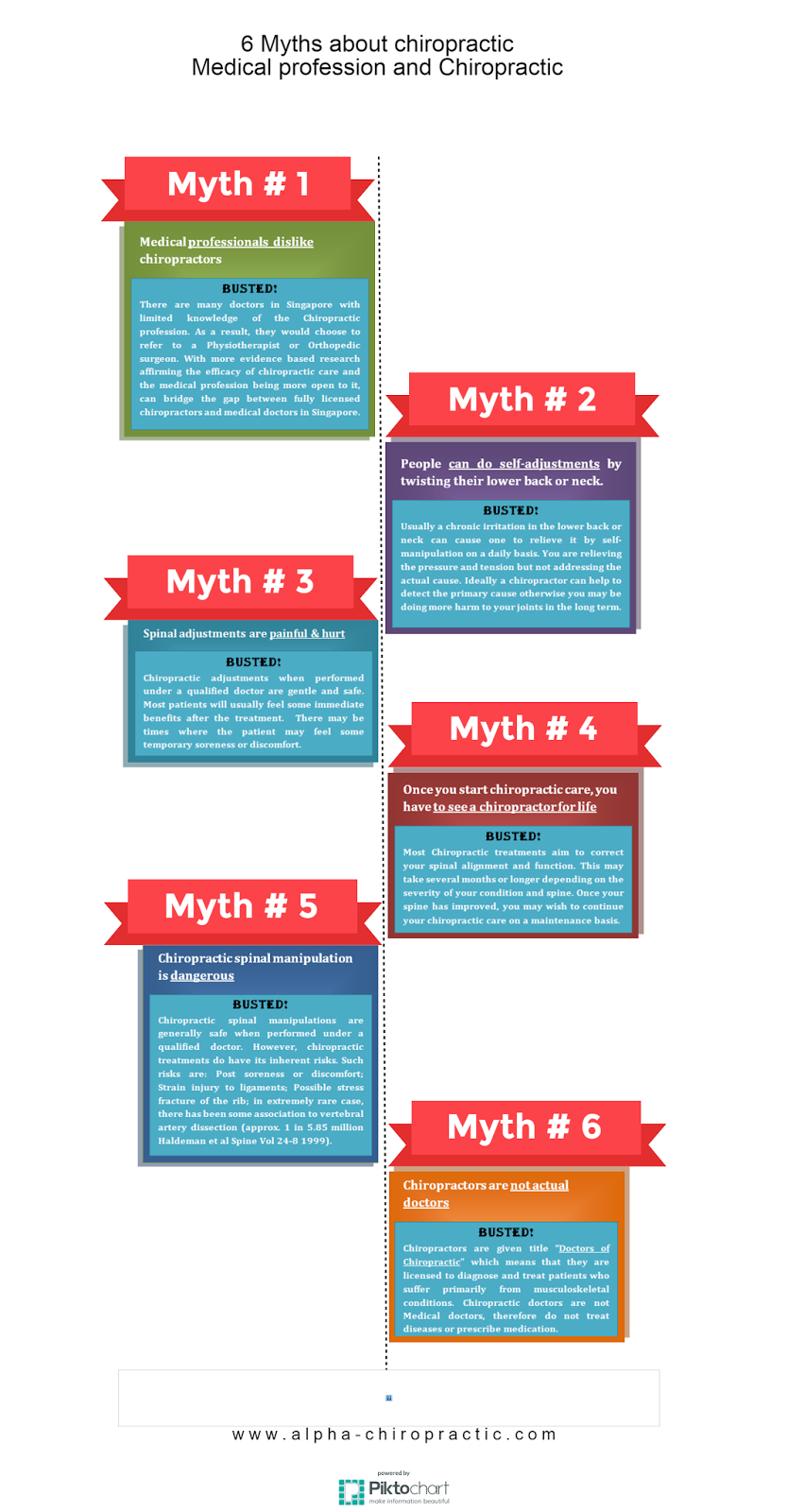A Comparative Analysis Of Acupuncture And Alternative Discomfort Management Methods
A Comparative Analysis Of Acupuncture And Alternative Discomfort Management Methods
Blog Article
Published By-Drejer Pollock
When you consider pain monitoring options, you might find yourself weighing the benefits and drawbacks of numerous techniques, consisting of acupuncture, over the counter medicines, and physical therapy. While many methods provide alleviation, they often include their very own collection of obstacles, like adverse effects or prolonged treatment times. Acupuncture sticks out for its distinct capacity to promote self-regulation with less threats. But just how does its effectiveness compare to even more standard methods? The subtleties of these methods can significantly affect your selections, and discovering them even more can cause unexpected understandings.
Review of Discomfort Monitoring Techniques
When it pertains to handling discomfort, you have a variety of methods at hand. These techniques can vary from conventional strategies to a lot more different treatments. Comprehending your choices is crucial in finding what functions ideal for you.
One usual method is over the counter medicines like ibuprofen or acetaminophen, which can provide quick alleviation for light to modest pain. Prescription medicines, including opioids, could be essential for more severe pain, though they come with dangers of dependency and side effects.
Physical therapy is one more reliable method, concentrating on exercises and stretches to strengthen muscle mass and boost movement. This approach usually aids in managing chronic pain conditions.
On top of that, some people turn to even more all natural options, such as massage treatment, which can minimize tension and boost blood circulation.
Mind-body methods, like mindfulness meditation or yoga exercise, help you manage pain by reducing tension and boosting your mental resilience.
Last but not least, way of living adjustments, such as preserving a healthy and balanced diet regimen and routine workout, can play a vital role in overall discomfort management. Each technique has its pros and cons, so it's necessary to explore what suits your needs and choices best.
Perks of Acupuncture
Acupuncture provides an one-of-a-kind technique to discomfort administration that attracts attention amongst numerous techniques. By targeting details factors on your body, it promotes the circulation of energy, or "qi," advertising natural healing and minimizing pain.
One of the most significant benefits is its marginal adverse effects. Unlike some drugs, which can result in dependence or unwanted wellness issues, acupuncture is an all natural treatment that motivates your body's self-regulation.
You'll likely locate that acupuncture sessions can aid soothe chronic pain, headaches, and also tension. Many individuals experience a sense of relaxation and wellness during and after therapy, which can enhance total quality of life.
Plus, it's a functional alternative; it can be utilized along with various other treatments, making it an excellent enhance to your existing pain administration strategy.
An additional considerable advantage is that acupuncture can be tailored to your certain requirements. Your specialist will certainly examine your problem and establish a personalized treatment strategy, guaranteeing you get the treatment that finest supports your recuperation.
With its ancient origins and expanding approval in contemporary medicine, acupuncture stands out as a compelling option for pain relief.
Comparing Efficiency and End Results
Discomfort management strategies vary widely in their performance and end results, making it essential to recognize exactly how they compare to one another. When taking into consideration choices like acupuncture, physical treatment, and medicine, you'll discover distinctive distinctions in exactly how each technique addresses discomfort.
Acupuncture, for example, frequently gives alleviation for persistent discomfort conditions, with studies showing considerable improvements hurting degrees for several individuals.
In contrast, medications like opioids can properly take care of acute pain yet bring threats of dependency and negative effects.
Physical treatment concentrates on rehabilitation and might take longer to reveal outcomes, which can be discouraging if you require instant relief.
When evaluating these techniques, think of your particular pain kind and your individual health goals. Some individuals discover that a combination of techniques functions ideal for them.
As an example, you could benefit from acupuncture sessions alongside physical treatment to make the most of recovery.
Inevitably, recognizing the performance and outcomes of each technique will certainly help you make informed choices about your discomfort administration approach, allowing you to pick the strategy that finest fits your needs and lifestyle.
Conclusion
In summary, acupuncture attracts attention as a useful choice to standard pain monitoring techniques. It uses quick alleviation and promotes self-regulation without the threats of dependency connected with medicines. While physical treatment may require more time for outcomes, acupuncture can give instant benefits, making it an attractive alternative for those seeking relief from chronic pain and tension. By including mouse click the up coming post into your discomfort management plan, you can boost your overall wellness and recover control over your wellness.
